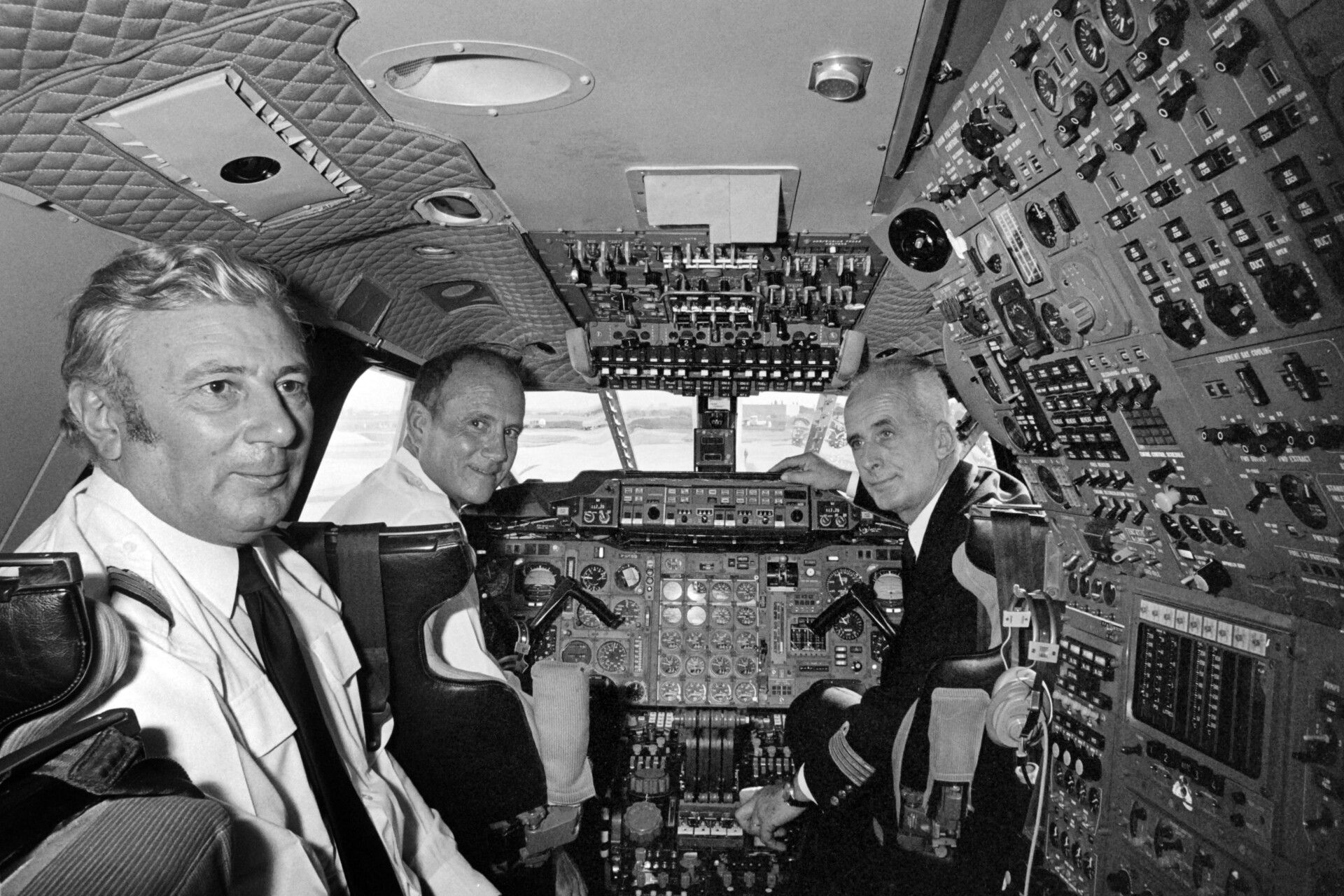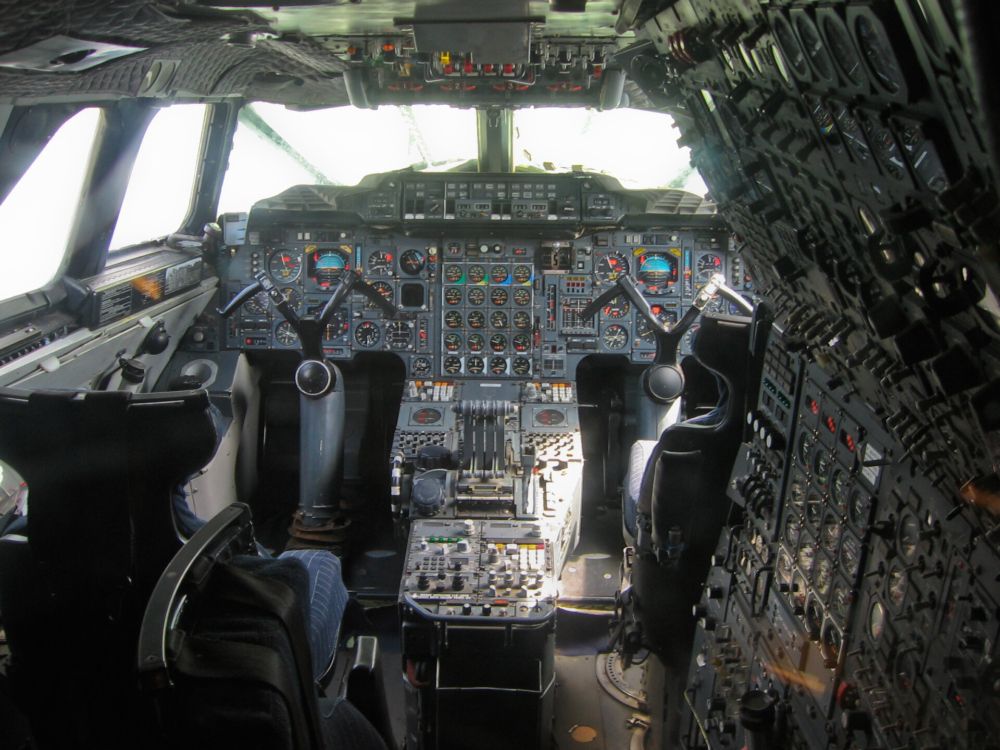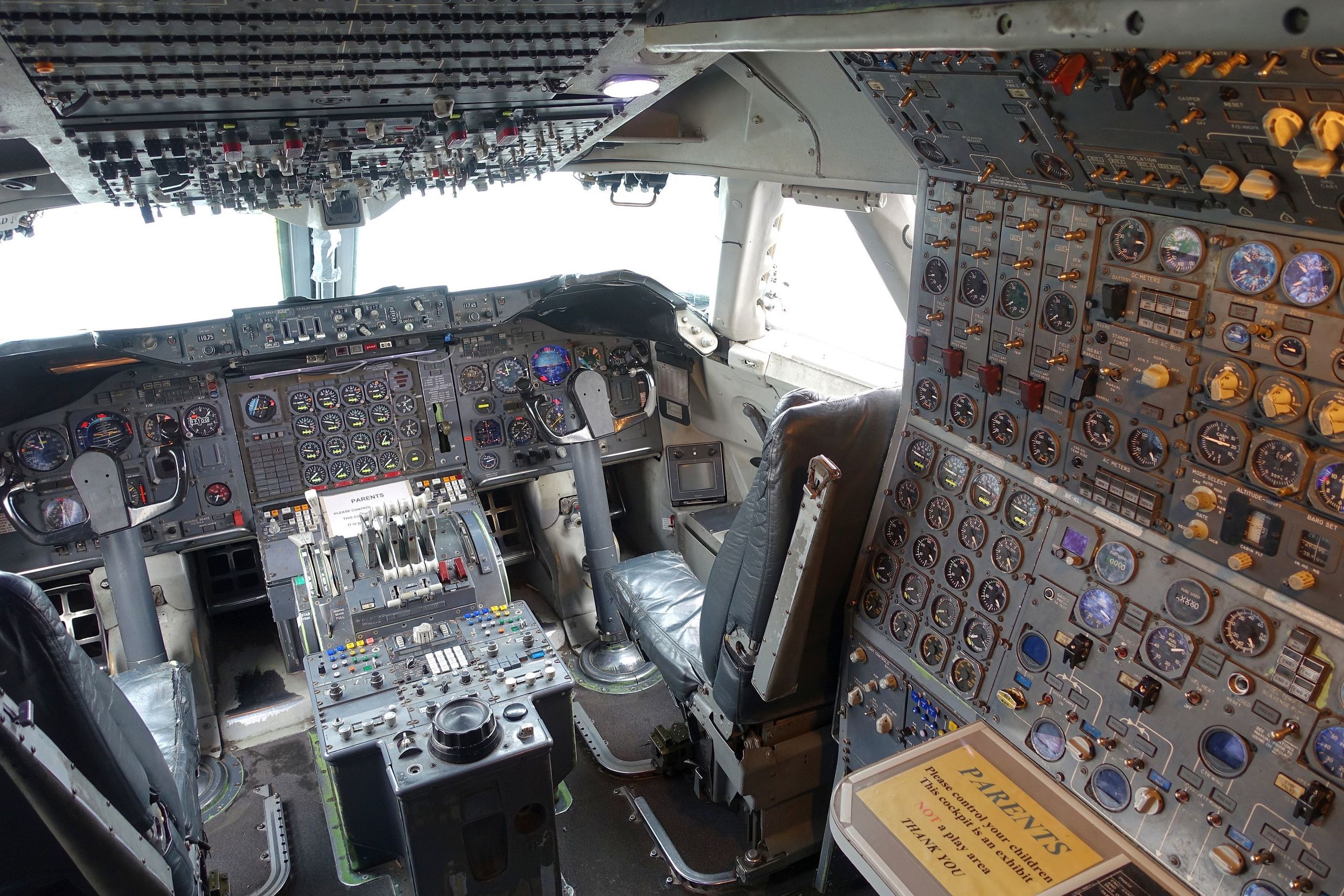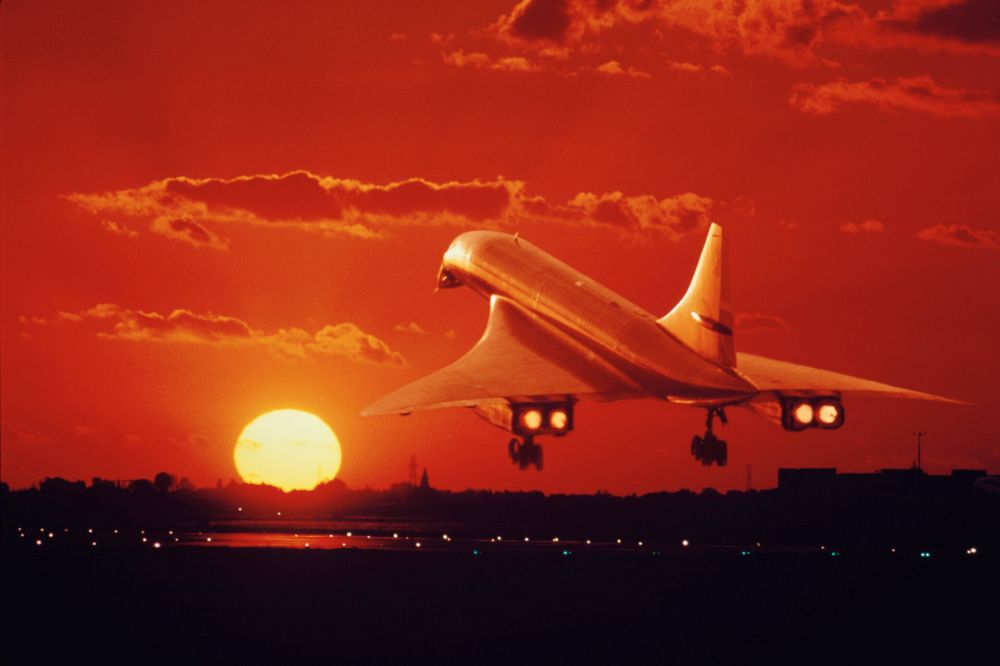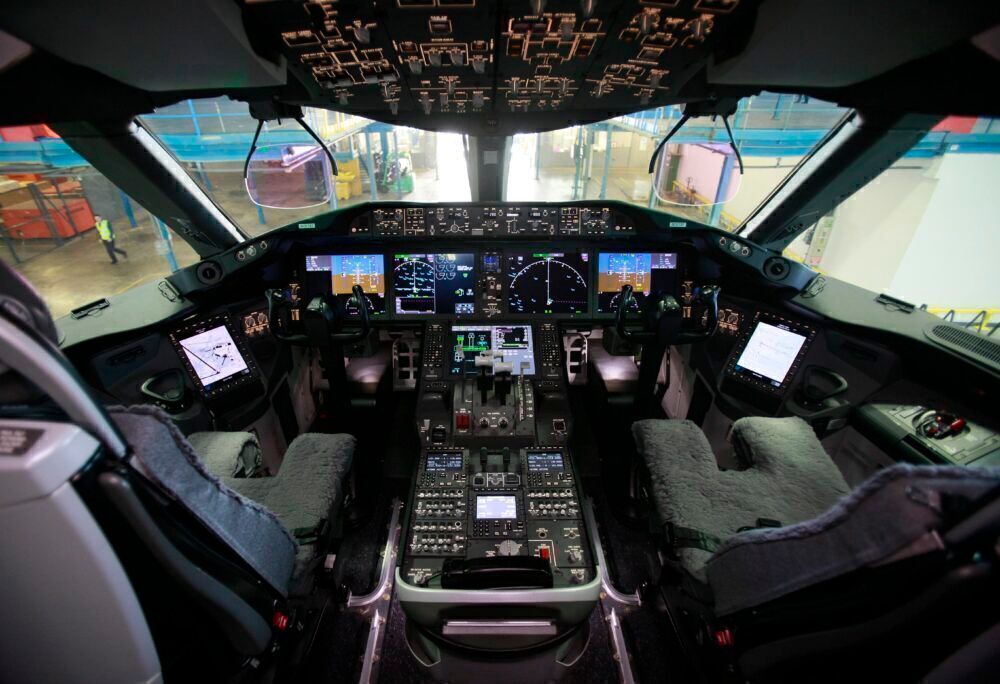Concorde was different from other aircraft in many ways. Supersonic ability was, of course, the key, but there were also differences in other areas too: the way it was used, the cabin configuration, the routes it could fly and much more. The flight deck was different too.Concorde's cockpit was regarded as being very different to anything otherwise flying at the time. While other large airliners had similar elements to the flight controls, Concorde's was rather more complex, with additional features not seen on any other commercial aircraft.
Spot the difference
Concorde had a rather complicated looking flight deck, but then it was a complicated plane to operate too. The basic flight controls would have looked relatively familiar to most pilots, given that it included all the usual flight instruments. However, there were more bits and pieces too, presenting flight crew with additional information that were unique to Concorde's role.
One of main differences that instantly stands out is the additional bank of control panels on the right-hand side. Concorde required a minimum flight crew of three, with a flight engineer working alongside the two pilots. This was not uncommon at the time - the Boeing 707, 727, and 747 were all designed for a three-person crew. It was dropped for the 747-400, 757, and 767 but was standard at the time of Concorde's design and early operation.
It was also a very packed in flight deck compared to other passenger jets. Due to the streamlined front end of Concorde, the aircraft had a narrower cockpit than most planes, with less headroom above. That meant buttons, dials and switches had to be packed in much more tightly, adding to the sense of a crowded, confined space.
Was it really more complex?
Although Concorde's small dimensions effectively created the sense of a packed-in bank of instruments, there wasn't that much more that was present in this busy flight deck than you'd find in any other airliner at the time.
Breaking it down, you had the same essential layout as any other aircraft. On the left were the pilot's instruments, on the right were the first officer's. The center panel was in the middle, with the AFCS panel above. Below this was the center console (FWD and below it the AFT) flanked by pilot and first officer console and controls. Roof panels added controls above the flight crew's heads, while the flight engineer's controls and instruments were on the right hand wall.
Concorde was not alone in having separate flight engineer controls, nor in having a complex cockpit. In many ways, it improved on designs and layouts from earlier aircraft. But the aircraft's special abilities meant there were a few new switches, gauges and elements to the panels.
The four engines had added afterburners, which required additional control and monitoring options. Aerodynamic features, especially the moveable nose, likewise brought more into the cockpit. The Mach meter added extra information, with two orange colored 'bugs' that identified the range of Mach numbers available at the current center of gravity. There was an extra indicator that displayed the present center of gravity, and a new display on the main front panel that displayed the range available at the current Mach number.
Fuel management, too, was more complex with Concorde. It had multiple fuel tanks, with fuel moved around during flights and requiring monitoring and control. The bulk of the fuel was stored in the wings, but there were tanks forward and behind to enable vital control of the aircraft's center of gravity during supersonic flight.
Concorde also required complex cooling systems to avoid overheating of the fuselage at higher speeds. Part of this functionality lay in the materials used, but the aircraft also had a cooling system that circulated lower-temperature jet fuel to cool leading edges. Again, more displays were added to keep track of this.
Moving to a glass cockpit
The big difference when we look at Concorde, or similar large aircraft at the time, is the fact that they were designed using a traditional analog cockpit. Modern aircraft, use what is known as a 'glass cockpit' - a display system that brings digital screens into use to display different information as required. This enabled pilots to effectively rotate the display to suit their needs, allowing a huge number of dials, displays and gauges to be removed from the flight deck.
This streamlined the appearance of the modern cockpit, and would have done the same for Concorde too. But the European supersonic transport aircraft had a short-lived reign in the skies, and never got the modernizations today's commercial aircraft enjoy.
Were you lucky enough to ever get inside the Concorde cockpit? We would love to hear your experiences of this, or any other Concorde experiences or memories, in the comments.

